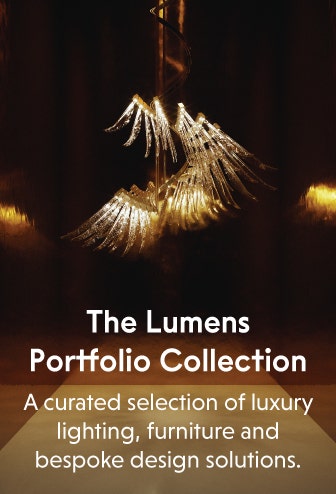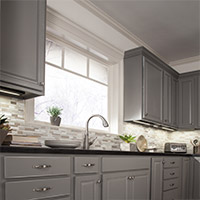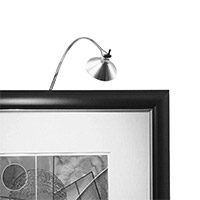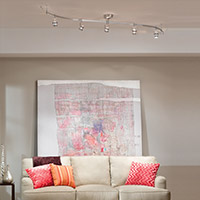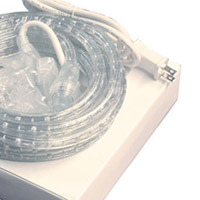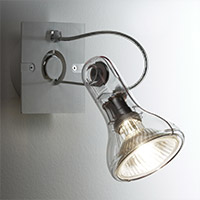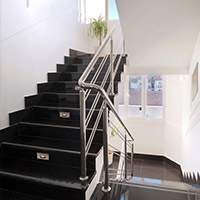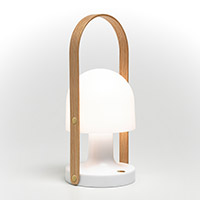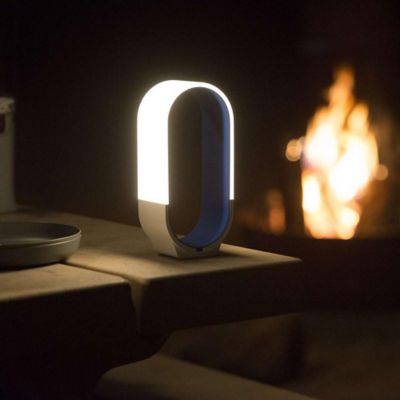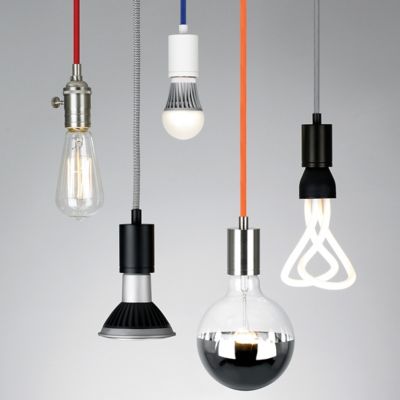Accent Lighting
Shop Accent Lights by Category
Learn More About Accent Lights |
Why We Love Accent Lighting
When an ambient wash of light just isn't enough, accent lighting offers that extra bit of spotlighting, ideal for highlighting something special. Modern accent lights can fit under a cabinet, over a work of art or higher up on ceiling molding (to enhance your home's architecture and personality). Low-profile accent lights fit into tight spaces so even the smallest nooks get the attention they deserve. And LED accent lights mean you don't have to change those hard to reach lights as often (or ever!).
Accent Lighting Definition: What Is Meant by "Accent Light"?
The term accent lighting can be kind of broad in nature and may vary from room to room, but it essentially breaks down to your choices of lighting that add brightness to a space while not being the primary focal point of the room. Accenting light gives you the opportunity to focus attention on a specific area or object of the room while not being a staple piece of lighting like you might find with a grand chandelier or large decorative pendant. At Lumens, accent lighting is very similar to that of task lighting in that some styles of picture lights and undercabinet lights serve a functional, task-oriented purpose while still highlighting a particular area or object of a room. And while the assortment of accent lights featured here are for the great indoors, you can use damp and wet-rated fixtures to give your landscape striking accents of light.
Where Accent Lights Work Best
It's great to have a few accent lights as under cabinet lighting to shine light down on the counter for late night use. Bright kitchen counters lend themselves to appropriately following recipes, ensuring your kitchen concoctions are well-done and to just having clean countertops. Hutches also benefit from accent lights, allowing antiques, dishes and collectibles to be fully appreciated. Picture lights are an ideal choice for living rooms and hallways where you can put your favorite artwork on display. Don't forget the media cabinet too--it's so much easier to use your A/V equipment with a little bit of light to help. And add accenting light to your outdoors with the help of landscape lighting.
An Accent Light for Every Style
Although accent lights are meant to complement existing fixtures and not necessarily be the focal point of the room, they have the ability to bring a lot of character to kitchens, living rooms, bedrooms and more. Under cabinet lights by Legrand Adorne, for example, establish the kitchen as a modern area in just a few steps. Easy to install and highly versatile, an Adorne under cabinet system is a go-to choice to enhance you kitchen area. Directional spotlights from Access Lighting give instant direction of focused light for almost any space and look to step or stair lights from WAC Lighting to create safely-lit hallways and staircases. Finally, if you love the benefits of energy efficiency in your home, check out the LED accent lights offered by Hinkley Lighting. With the right mix of decorative lighting and accent fixtures, you'll have a well-rounded home filled with light.
How to Choose the Best Accent Lights
Selecting the right accenting fixtures for your home really depends on your design tastes and the layout of your different rooms. These accent light fixtures aim to appease any interior aesthetic, but you will need to determine the function of the fixture you need first. Is it for bright accenting light or general, ambient illumination in dim areas? Once you know the need for an accent light, you can refine your options by finish, color and other important design features like the ability to be dimmed (great for kitchen accent lighting). You'll also need to check out the fixture's sizing dimensions including its height, width, length (for under cabinet systems) and more. A thorough understanding of these dimensions will help you choose the best accent lights for your home. Lastly, since your objective is to highlight a particular area of a room, it's important to review the brightness (typically expressed in lumens) of a fixture you are interested in. If you have any questions about the accent lights featured here, please call our lighting experts at 877.445.4486.
Other Considerations
Consider dimming your accent lights to achieve moody effects in the living room and bedroom. Light dimming switches are offered in a number of contemporary options and are relatively easy to install where existing light switches are already installed. Take a look at the selection of accent lamps for unique floor and table lamp options that bring personality and character to any space. And if you need overhead accent lighting for artwork or pictures in the living room, consider a track lighting system comprised of directional spotlights and mini pendants. Finally, you can further accent your home with unique home furnishings including rugs, wall decor, decorative accessories and various kitchen accessories.
